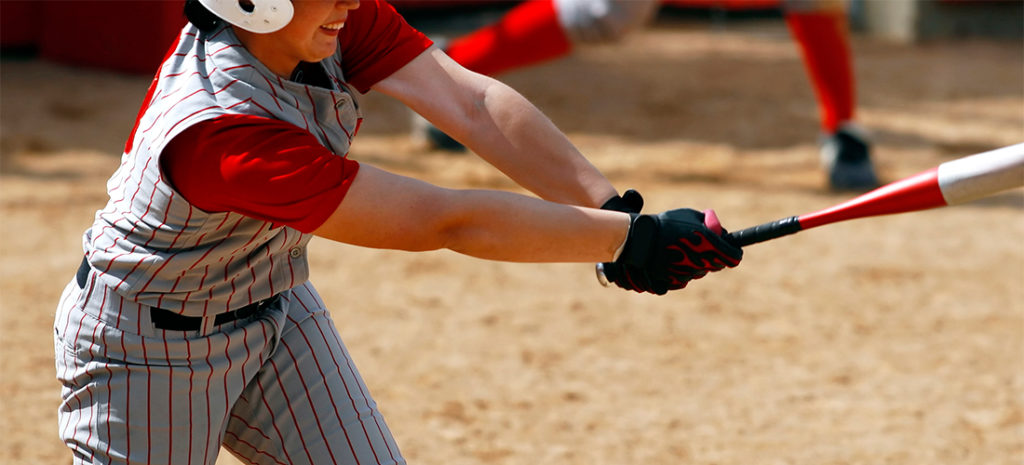Rotator cuff tendinitis (also called shoulder impingement syndrome) happens when the rotator cuff becomes irritated. The rotator cuff is a common source of pain in the shoulder and can be a result of tendinitis, bursitis or impingement.
Anatomy
The shoulder is made up of three bones: the upper arm bone (humerus), the shoulder blade (scapula) and the collarbone (clavicle). The shoulder is a ball-and-socket joint, which means the ball of the upper arm fits into a shallow socket in your shoulder blade.
The ball stays in the shoulder socket with the help of the rotator cuff. The rotator cuff is made up of four muscles that come together as tendons to form a covering around the head of the humerus. The rotator cuff attaches the humerus to the shoulder blade and helps to lift and rotate your arm.
The bursa is between the rotator cuff and the bone on top of your shoulder (acromion) and allows the rotator cuff tendons to glide freely when you move your arm.
Types of shoulder pain
- Tendinitis: The rotator cuff tendons can be irritated or damaged
- Bursitis: The bursa can become inflamed and swell with more fluid causing pain
- Impingement: When you raise your arm to shoulder height, the space between the acromion and rotator cuff narrows; the acromion can rub against the tendon and the bursa, causing irritation or pain
What causes rotator cuff tendinitis?
Rotator cuff pain is common in both young athletes and middle-aged adults. Young athletes who use their arms overhead for swimming, baseball and tennis are particularly vulnerable. People who engage in repetitive lifting or overhead activities such as construction or painting are also susceptible. Pain can also develop due to a minor injury or occur with no apparent cause.
Symptoms of rotator cuff tendinitis
- Local swelling and tenderness in the front of the shoulder
- Pain and stiffness when lifting your arm
- Pain when the arm is lowered from an elevated position
- Minor pain that is present both with activity and at rest
- Pain radiating from the front of the shoulder to the side of the arm
- Sudden pain with lifting and reaching movements
- Athletes in overhead sports may have pain when throwing or serving a tennis ball
- Pain at night
- Loss of range of motion
- Difficulty doing activities that place the arm behind the back
How is rotator cuff tendinitis diagnosed?
To determine whether you have rotator cuff tendinitis, bursitis or impingement, your physician will ask you for a complete medical history, have you describe your symptoms and conduct a physical examination. An X-ray or MRI may be necessary to rule out other problems.
Make an appointment with a shoulder specialist
How is rotator cuff tendinitis treated?
Your physician will consider your age, activity level, general health and type of tear you have before deciding on the best treatment plan for you.
Nonsurgical Treatment
In most cases, initial treatment is nonsurgical.
- Rest
- Activity modification
- Strengthening exercises and physical therapy
- Non-steroidal anti-inflammatory medicine such as ibuprofen
- Steroid injections
Surgical Treatment
This is necessary if your pain does not improve with nonsurgical methods. Surgery is necessary to create more space for the rotator cuff. Sometimes this is referred to as removing ‘bone spurs.’
Your physician will remove the inflamed portion of the bursa and may also perform an anterior acromioplasty, where part of your acromion is removed. This is also known as a subacromial decompression. These procedures can be performed using either arthroscopic or open technique.
Make an appointment with an OrthoIndy non-operative, pain management physician
How do you recover from rotator cuff tendoinitis?
Although nonsurgical treatment may take several weeks to months, many patients experience a gradual improvement and return to function.
For rehabilitation after surgery, your arm may be in a sling for a short period of time. Once your comfort allows, your physician will remove the sling to begin exercise and use of the arm. Your physician will provide a rehabilitation program based on your needs. It typically takes two to four months to achieve complete relief of pain, but it may take up to a year.
Learn more about shoulder treatment at OrthoIndy.
Schedule an appointment
Your well-being is important to us. Click the button below or call us to schedule an appointment with one of our orthopedic specialists. If your injury or condition is recent, you can walk right into one of our OrthoIndy Urgent Care locations for immediate care. For rehabilitation and physical therapy, no referral is needed to see one of our physical therapists.





